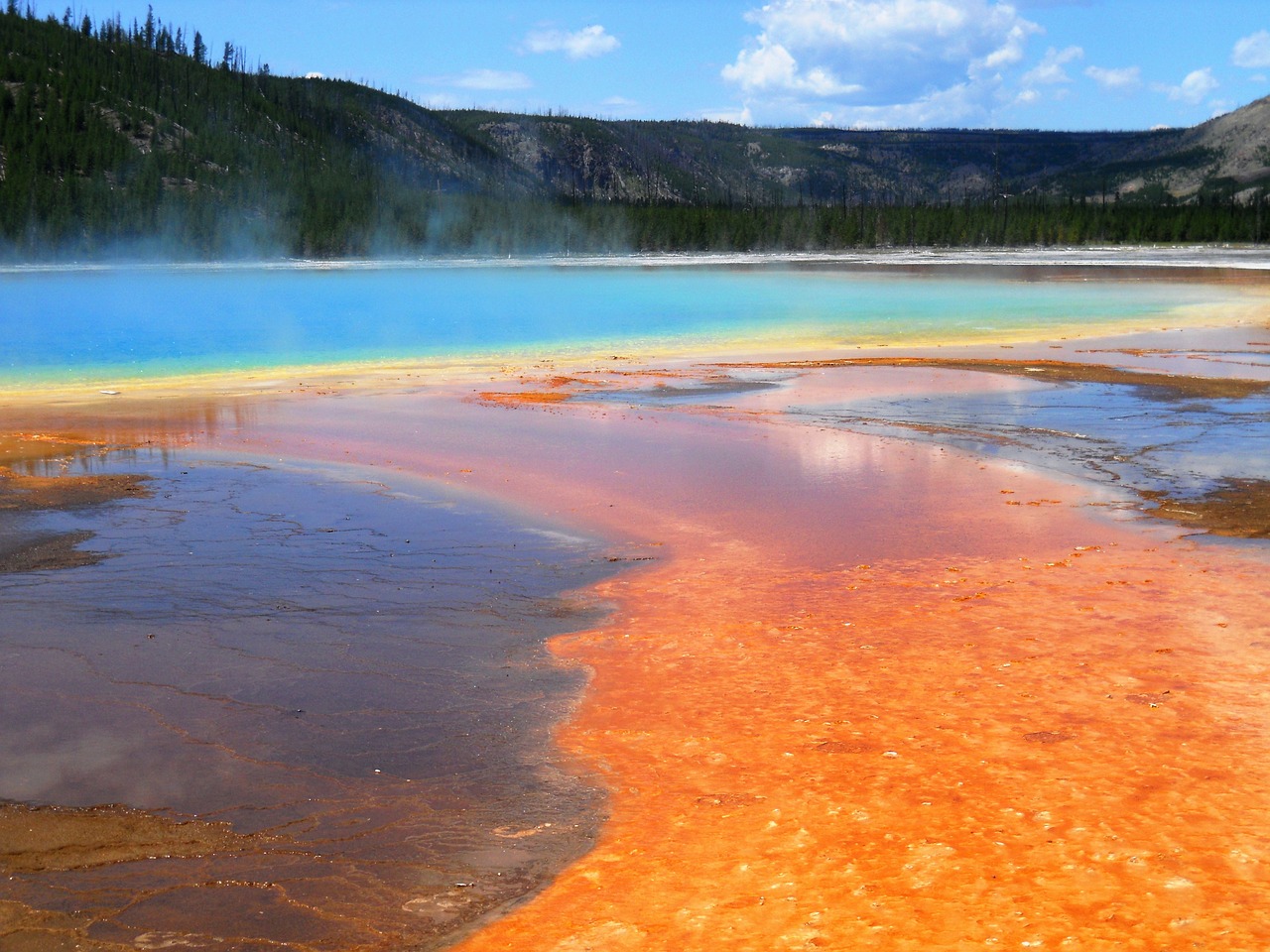October 2, 2025
Extreme environments: a look inside extremophiles’ world

In the Australian rainforest, a cassowary —a massive bird with a striking blue face and black plumage— eats a fallen fruit. At first glance, it looks like a trivial act. Yet by dispersing its seeds, the cassowary ensures the forest’s regeneration and the survival of more than a hundred more species. This simple scene reveals a universal truth: every ecosystem depends on a fragile balance where each organism plays an essential role.
That same principle also holds in Earth’s most extreme environments. There, extremophiles allow other organisms to thrive in extreme conditions —and even shape the landscapes they inhabit. But this capacity doesn’t depend on a fruit-based diet.
Turning the ‘extreme’ habitable
In places where life seems impossible, extremophiles are the producers and decomposers of useful and necessary matter to keep the cycle of life going. Extremophilic fungi, for example, break down organic matter and release nutrients such as carbon, nitrogen, or hydrogen that would otherwise be scarce in arid, frozen, or hypersaline soils. In extremely acidic environments, they build matrix-like communities that provide shelter for less resistant species. In this way, extremophiles make hostile ecosystems more “liveable,” opening the door for other organisms to join these unique communities.
But their role goes beyond simply “improving” the environment. Many extremophiles have learned to collaborate directly with other organisms, sharing their survival strategies.
Alliances at the limits of life
Some of the most fascinating partnerships involve plants growing in extreme habitats. For example, inside some rice plants lives a fungus that produces molecules that help them endure intense heat. In freezing climates, a bacteria shelters within the plant Arabidopsis thaliana, allowing it to continue photosynthesizing at very low temperatures that would normally halt its growth. And in saline soils, certain extremophilic bacteria strengthen plant roots, boost nutrient absorption and reduce salt damage. These ‘alliances’ reveal that extremophiles are not just survivors but indispensable allies, passing on their resilience and sustaining life in places where it seems impossible.
And as if that weren’t enough, extremophiles also have an “artistic” side: they paint some of the planet’s most extraordinary landscapes.
Nature’s landcapers
This artistic talent is strikingly visible in Spain’s Río Tinto. There, acidophilic microbes oxidise iron and sulphur, releasing sulfuric acid and minerals like jarosite, that colour this landscape with red and ochre waters. In Antarctica, the fungus Cryomyces antarcticus hides within rocks, forming communities that darken the icy deserts. Meanwhile, in Yellowstone, entire living canvases spread across hot springs: bacterial mats weave shades of brown, orange, and green, painted by cyanobacteria thriving in scalding waters. Behind many extreme and colourful landscape lies a tiny community leaving its signature on the planet’s geology and palette.
The engineering, collaborative, and artistic sides of extremophiles you’ve just met are proof of their enormous potential to study the mechanisms that sustain ecosystems. And understanding those mechanisms isn’t just scientific curiosity—it’s a crucial step toward building the biotechnology of the future.
